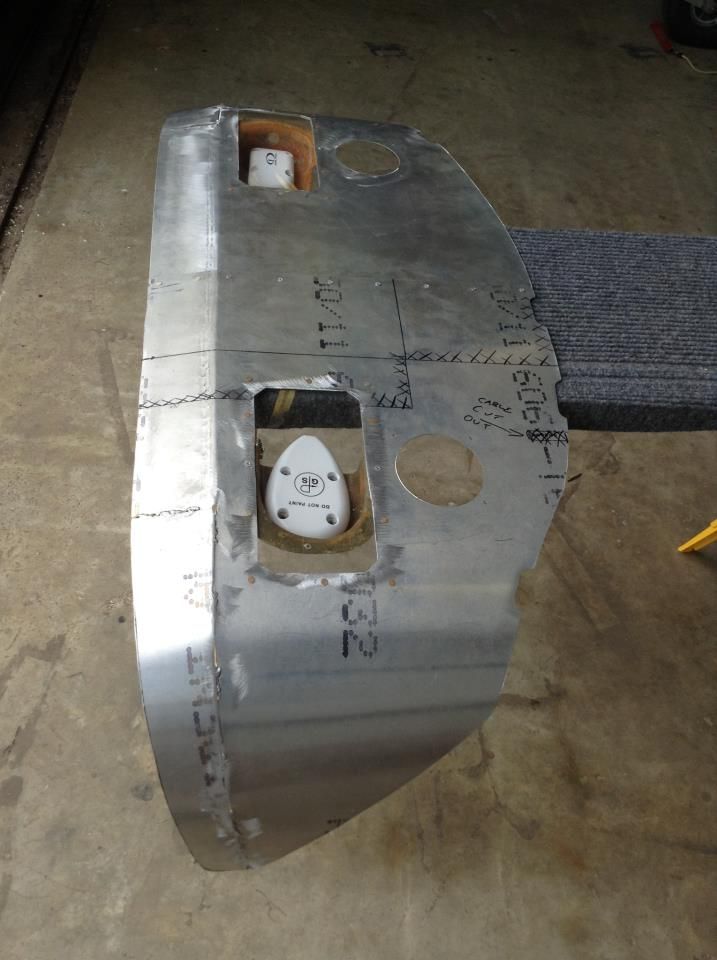Here are some of the GTN-650 GPS antenna install instructions:
3a. The GPS antenna should be mounted no closer than two feet from any VHF COM antenna or
any other antenna which may emit harmonic interference at the L1 frequency of [ch61472]
1575.42 MHz. An aircraft EMC check (reference VHF COM interference check in Post
Installation Checkout procedures) can verify the degradation of GPS in the presence of
interference signals. If an EMC check reveals unacceptable interference, insert a GPS notch
filter in line with the offending VHF COM or the (re-radiating) ELT transmitter.
3b. The GPS antenna should be mounted no closer than two feet from any antennas emitting more
than 25 watts of power. An aircraft EMC check can verify the degradation of GPS in the
presence of interference signals.
3c. To achieve the best possible low-elevation antenna gain (by minimizing pattern degradation
due to shadowing and near-field interaction), the GPS antenna must be mounted with
clearance from other antennas, including passive antennas such as another GPS antenna or
XM antenna. When practical, installers will use 12 inch center-to-center spacing between
antennas. If 12 inch spacing is not practical, installers will use the maximum center-to-center
spacing from adjacent antennas, but never less than 9 inch center-to-center spacing. Spacing
less than 9 inches center-to-center results in unacceptable GPS/SBAS antenna pattern
degradation.
4. To maintain a constant gain pattern and limit degradation by the windscreen, avoid mounting
the antenna closer than 3 inches from the windscreen.
From my experience, the GTN-650 GPS signal dropping out problem occurred when transmitting on the GTN-650 itself. Transmitting on Comm #2 caused no GPS signal degradation. When this problem went away after replacing Comm #2 with the Dynon radio I concluded the issue were harmonics from the GTN-650 when transmitting were coming up into the Comm #2 via its antenna feed line - and Comm #2 (MicroAir) itself re-radiating the interference into the GTN-650 antenna. I note that on the initial install the Comm #2 radio (radio, not the comm #2 antenna) was physically close to the GTN-650 GPS antenna. This, I suspect, aggravated the issue. The only change made for this problem to go away was changing out the Comm #2 radio. All antenna (comm and GPS) mounting remained the same.
I can only assume the root issue here is the GTN-650 comm section is not as clean as it should be, and all the install guidelines provides mitigation.
Note - no problems ever encountered with the Dynon GPS-250 install.
Bottom line - mount your antennas where you want but with some common sense. For many people meeting all the guidelines will be challenging.
Carl




